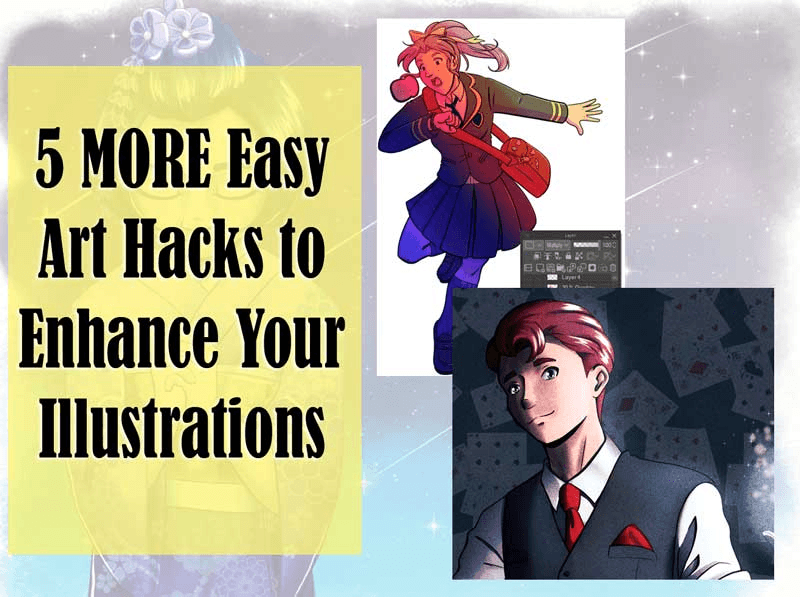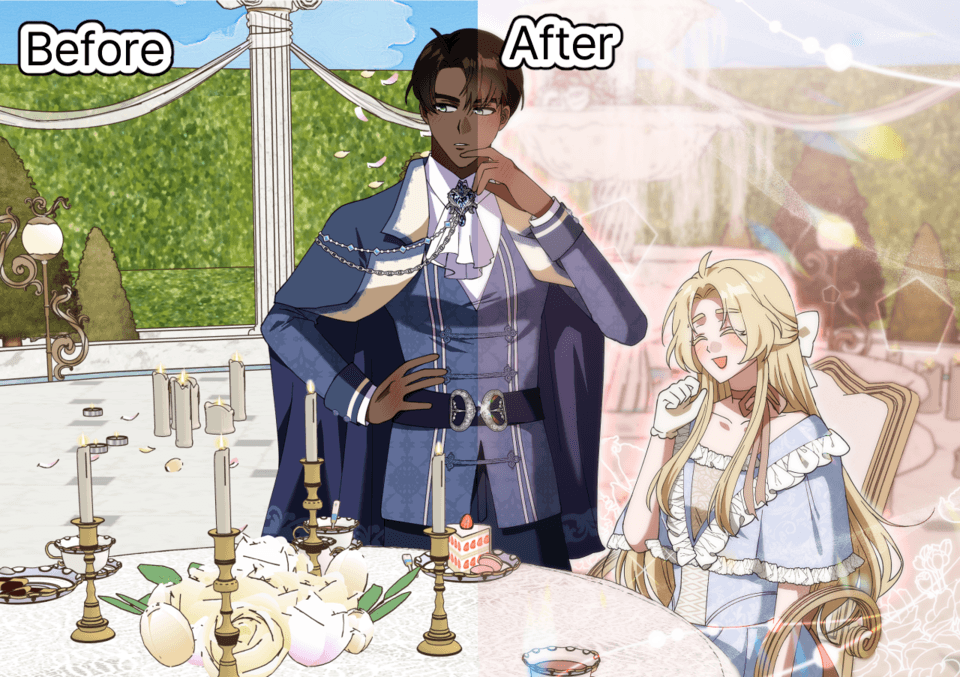Draw fantastic creatures!
Hello!
In this tutorial I will show you my process for drawing magical creatures, or something similar.
In my case I will use the Clip Studio program.
The idea is that you can learn something, and if these tips are useful to you, use them in your own drawings.
To draw Creatures that do not exist in the world we live in, we will need 3 very important things
Imagination
References
Flow
1. References
Get inspired by nature: Exploring the references of animals themselves
Nature is an inexhaustible source of inspiration for artists seeking to create fantastic animals.
Carefully observing the anatomy, behavior, and habitats of real animals can provide a solid foundation for designing imaginary creatures.
By studying nature, you can capture the essence of life and apply it to your own creations, adding a layer of authenticity to your works.
What are animal references for?
They serve as a starting point to understand how animal anatomy, physiology and behavior work. By observing how bodies are structured, how they move, and how they interact with their environment, we can apply that knowledge to our own creations, creating creatures that feel organic and realistic, even within the context of the fantastical.
Benefits of using references from other animals:
+ **Authenticity:**By drawing on references from real animals, we can add a level of authenticity to the creatures.
+ **Versatility:**If we use a wide range of references, we have the opportunity to experiment and combine different elements to create unique and original creatures.
+ **Inspiration:**By exploring the various adaptations and behaviors of real animals, we can be inspired and create creatures that are consistent with our worlds.
+ **Creative challenge:**In the end the way to improve as an artist is with challenges, and by continually learning.
2. Anatomy
Having some knowledge of anatomy is very important, research even a little about the animal you want to use as a base, how it moves, what bones it has, etc.
All this will help you achieve a better result.
These steps do not vary between drawing styles, since it is important to know the anatomy before you can deform it, and use it to your advantage.
Knowing the bone structure of the animal can help us a lot. This involves becoming familiar with the location and shape of the main bones, as well as understanding how they articulate with each other to allow movement.
Here I was practicing a little what the frogs' limbs and their colors are like:
For example, understanding the arrangement of joints, such as the hips, knees, elbows, and shoulders, is important for representing realistic and expressive poses.
As I said before, don't limit yourself, if you want your character to have 5 arms, the head of a gorilla, and the tail of a lion, do it, but the more knowledge you have beforehand the better.
Once we have a solid understanding of the animal's anatomy and behavior, we are free to interpret and stylize this information according to one's creative vision. The ability to effectively deform and manipulate anatomy requires a solid understanding of the body's form and functions, allowing us to play with reality to create works that are both expressive and creative.
3. Sketch
Once we have a basic idea of what we want to draw, let's start sketching.
For example, I just knew I wanted a tree frog, holding a sword, and with that in mind I started.
I'm throwing lines around the canvas, making simple shapes, it doesn't matter if you fill the canvas with scratches, little by little giving shape to what you imagined at the beginning.
Keep in mind that you may not be convinced at first, don't be afraid to erase everything and start again, or use another layer.
Tool
You can use any tool to sketch, of course, but in my case I will use the downloadable tool “Sunday”
https://assets.clip-studio.com/en-us/detail?id=1825825
Sketch
I like to make simple sketches, but they are personal tastes.
As I said before, the main thing is to make lines and shapes, always looking for the best composition.
Once you have sketched out the simple shapes, we add details little by little.
An example of a more detailed sketch would be this:
Or in the case of another fantastic animal we have this owl.
I had the idea of making an owl that would fulfill the role of magician.
Where I first made the simplest shapes possible
And then I added more details, until I achieved the sketch that I initially imagined.
As I was throwing lines it occurred to me that he could be leaning on his own cane.
4. Color
Color palette
Before starting to paint, we have to prepare the color palette.
There are infinite ways to select colors.
but the best known are:
In my case, I will use a color palette taken from the reference image, using the eyedropper.
Try not to saturate the drawing with lots of colors.
Brushes
In my case I will only use the “Oleo” brush.
A smart
Once we are on the layer selected to paint...
I like to continue sketching with color, and giving it details little by little...
Add a black background color, so that the colors stand out, and a leaf on which it is resting.
When adding the cape I realized that it would collide with the sword
So I just moved my hand.
I did the same with the owl. First select the color palette…
And little by little I gave him more details.
5. Details
Finally I add a new layer where I add darker or lighter lines, in the areas where light hits it, or in the areas where it has a crease, or where there is little light.
6. Save
In my opinion it is very important that you spend some time looking at references, and practicing what you are going to draw, once you feel comfortable, start drawing, and let your creativity take you; don't limit yourself.
I leave you the process of another fantastic creature:
Use this color palette:
Shadows….
More shadows, light and details...
And ready.























Comment